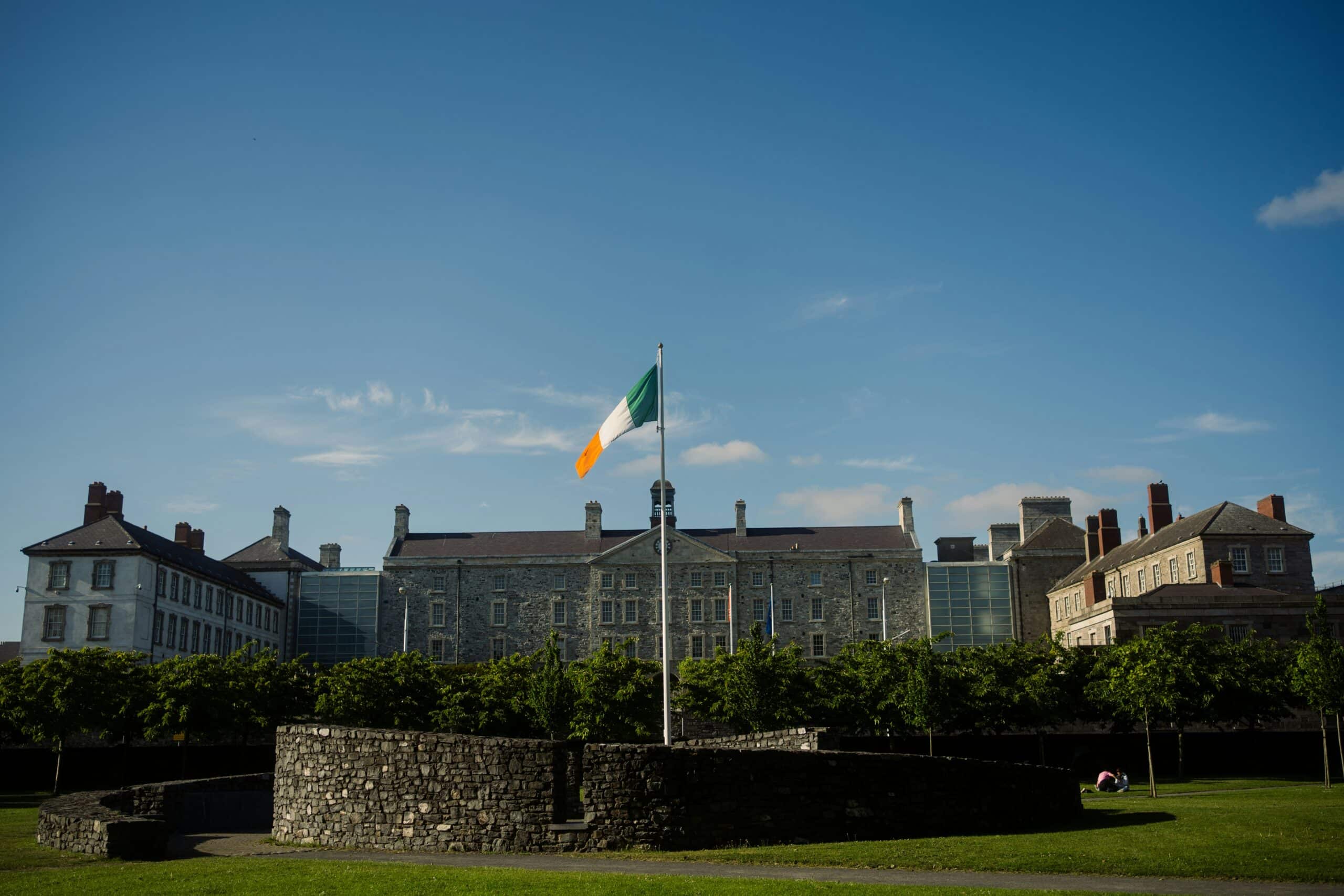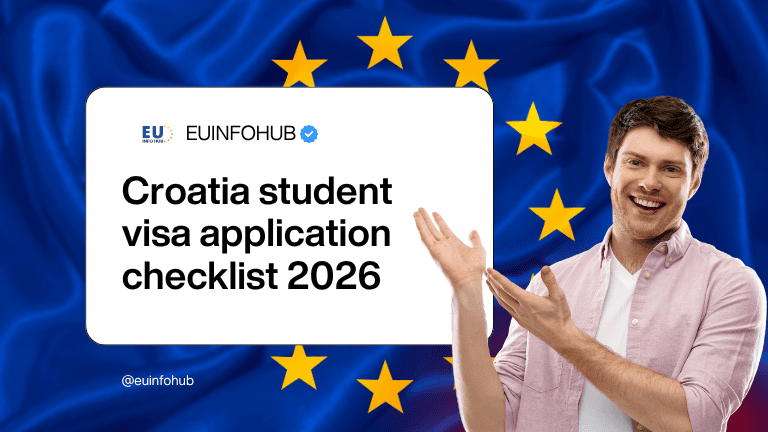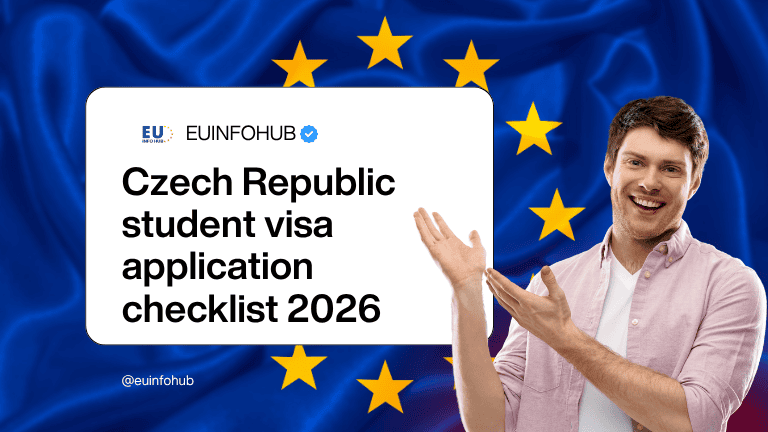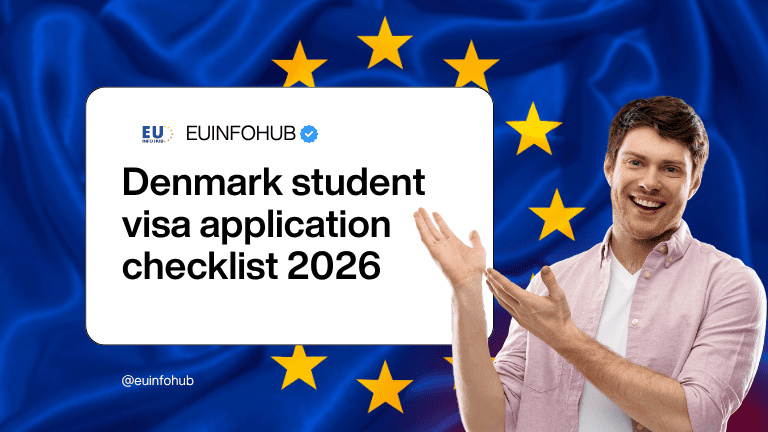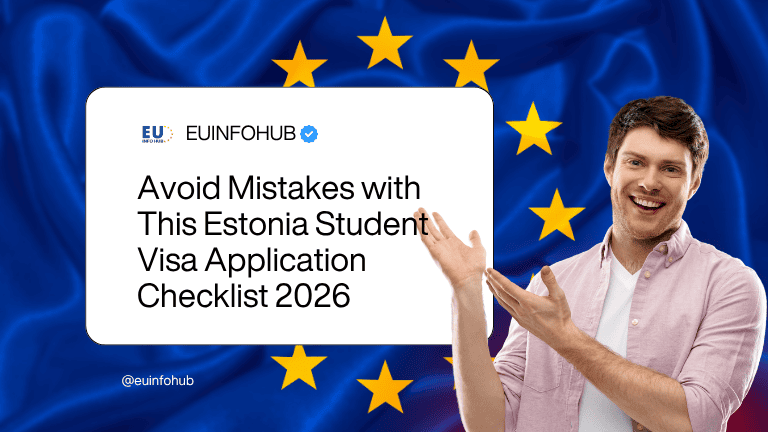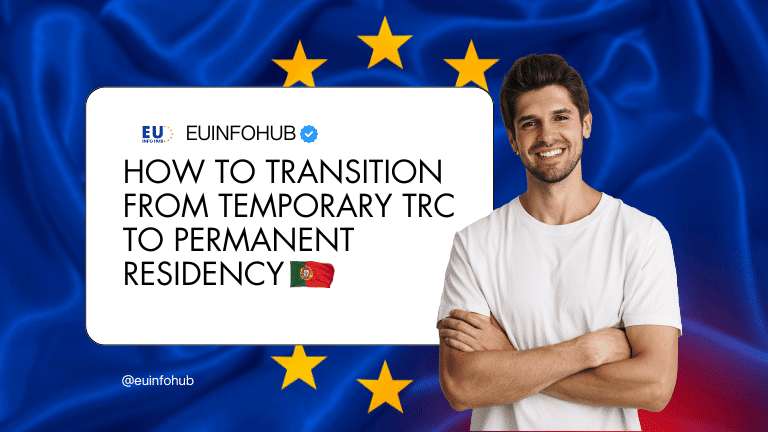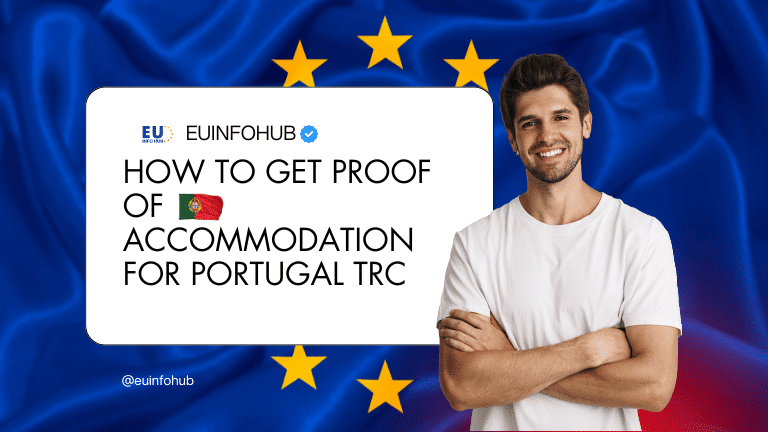Have you ever caught yourself re-reading your visa checklist, worried you might have overlooked something small but important? That’s the nightmare every student has before applying for a visa. The fear that a single mistake could cost months of effort, money, and hope.
The good news is that it doesn’t have to be this stressful. In this guide, I’ll walk you step-by-step through the Ireland Student Visa Application Checklist for 2026 so you can apply with confidence.
So, without further ado, let’s get into the topic.
Know Visa Basics
Before you start, get clear on who needs the visa, when to apply, and what it costs. Non-EEA students enrolling in full-time courses in Ireland must secure a long-stay study visa (Type D).
| Visa option | Fee | Processing time |
|---|---|---|
| Single-entry | €60 | Up to 8 weeks |
| Multi-entry | €100 | Up to 8 weeks |
If you’re also working on other European visas, check our step-by-step guide for a student permit.
Gather Required Documents
You’ll need a handful of official papers before you even log in to AVATS. Here’s what to collect:
- Valid passport with at least 12 months left after arrival
- Two passport-style photos
- Letter of acceptance from your university
- Application letter outlining why you’re studying in Ireland
- Academic transcripts and certificates in English or Irish
- Evidence of tuition fee payment
- Details of any past visa refusals
- Proof of funds (covered below)
- Health insurance documents (covered below)
- Translations for non-English/Irish documents
Passport and photos
Make sure your passport has at least 12 months of validity and no damaged pages. Grab two recent, colour passport photos that meet Irish visa specs.
Acceptance and motivation letters
Your acceptance letter must arrive on official university letterhead with your course details and start date. In your motivation letter, explain why Ireland is the right place for your studies and how it fits your goals.
Academic and other records
Submit transcripts, diplomas, or certificates in English or Irish. If you’ve changed schools or taken a gap year, include a short explanation letter. Also, add copies of any visa refusal notifications you’ve received.
Show Financial Proof
Irish immigration requires evidence of immediate access to at least €10,000 per academic year, on top of tuition fees (Irish Immigration). You have three primary options:
- Bank statements covering the last six months
- Approved educational bond
- Sponsor’s bank statements
Bank statements
Your or your sponsor’s statements must show six months of transactions with no handwritten entries. Large or irregular lodgements need a brief explanation note.
Educational bond option
Some degree students can use an educational bond via approved services like TransferMate. This bond must hold a minimum of €10,000 and is released when you arrive or if your enrollment falls through (Irish Immigration).
Sponsor documents
If someone else covers your costs, their statements follow the same six-month rule. Include a signed sponsorship letter explaining their commitment and any large deposits.
Secure Health Insurance
Health coverage is mandatory for non-EEA students. In your first year, travel insurance may suffice, but after that you need private medical insurance covering accidents, diseases, and hospital stays (Irish Immigration). Keep these points in mind:
- Policy must cover you for the full duration of your stay
- It should include hospitalisation and accident cover
- Renewals need proof of continuous coverage
- Travel insurance alone isn’t enough after year one
Meet Language Requirements
Most degree courses require proof of English or Irish proficiency. Check with your college—some waive tests if you’ve already studied in English. Otherwise, you’ll need:
- A test certificate issued within two years (e.g., IELTS, TOEFL)
- Online test results are accepted after recent updates (Irish Immigration)
- If you attend a prep course, include its certificate
Not sure which test works for you? Reach out to your institution’s admissions team before booking.
Apply Online via AVATS
All applications go through the Automated Visa Application and Tracking System (AVATS). Here’s the step-by-step:
- Create your AVATS account
- Enter your personal, course, and travel details
- Upload digital copies of your documents
- Pay the visa fee online
- Review your entries and submit
Save your reference number for tracking—and double-check every field before hitting “submit.”
Mail Application Package
After online submission, send hard copies to the visa office, embassy, or consulate handling your region. To prepare:
- Print your AVATS confirmation slip
- Include originals or certified copies as specified
- Use a secure courier with tracking
- Keep a copy of everything you mail
Aim to have your package arrive within two weeks of submitting online.
Monitor Application Status
Log back into AVATS to see updates:
- “Received” when they get your docs
- “Processing” during assessment
- “Decision made” when it’s approved or refused
Use your reference number if you need to follow up or clarify any issues.
Prepare for Arrival
Once approved, you’ll receive a visa vignette in your passport. After landing:
- Register with the Garda National Immigration Bureau (GNIB) within 90 days
- Obtain Stamp 2 permission to study
- Review work regulations for student visa holders
- Explore post-study options like the Critical Skills or General Employment Permit.
For details on living and working permits, see our student permits overview.
What Are the Common Mistakes You Should Avoid?
A few slip-ups can add unwanted delays. Here are a few of them;
- Expired or damaged passport pages
- Incorrect-sized or low-quality photos
- Missing or incomplete bank statements
- Generic motivation letters
- Untranslated documents
- Late courier delivery after online submission
Learn more in our guide to common mistakes on student visa applications.
Key Takeaways
- Start up to three months before your course begins
- Gather and verify every required document
- Prove €10,000 per year with statements, a bond, or a sponsor
- Maintain private medical insurance beyond year one
- Use AVATS for online steps and a trackable courier service for mail
- Register with GNIB within 90 days of arrival
- Avoid errors by following each checklist item
With this step-by-step Ireland student visa application checklist 2026 under your belt, you’re all set to organise your paperwork and hit your deadlines.

